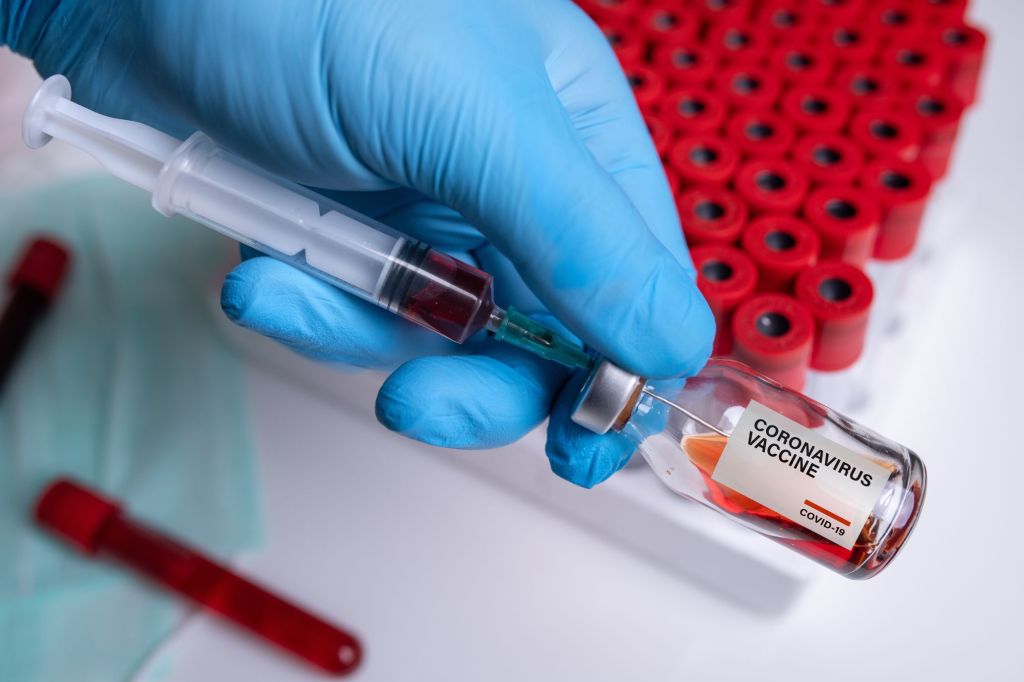Embryo Survival Rates to Day 5
- The percentage of embryos surviving to day 5 can vary significantly based on various factors.
- On average, studies suggest that approximately 40-60% of embryos reach the blastocyst stage by day 5.
- Individual cases may differ from the average figures.
But let’s backtrack a little, what is an embryo?
- Human life starts as a single fertilized cell, known as an embryo.
- Embryo development and survival are crucial aspects of reproductive medicine and assisted reproductive techniques such as in vitro fertilization (IVF).
- Day 5 of embryonic development marks the blastocyst stage.
- This article will delve into the percentage of embryos that survive to day 5, factors that influence the survival rate, and the importance of day 5 in fertility treatments.
The Day 5 Milestone
- Day 5 marks the blastocyst stage of embryonic development.
- The embryo transforms from a compact mass of cells into a structure containing an inner cell mass and a fluid-filled cavity.
- The inner cell mass forms the fetus, and the outer layer of cells, the trophectoderm, forms the placenta.
- Reaching the blastocyst stage is a vital indicator of embryo viability and potential for a successful pregnancy.
Factors Affecting Embryo Survival Rates
- Maternal Age:
- The age of the woman providing the eggs plays a significant role in embryo survival rates.
- As women age, egg quality declines, leading to a lower percentage of embryos reaching the blastocyst stage.
- Generally, younger women have a higher likelihood of producing embryos that survive to day 5.
- Sperm Quality:
- The quality of sperm used for fertilization impacts embryo development.
- Poor sperm quality can lead to lower fertilization rates, abnormal embryos, or embryos failing to reach the blastocyst stage.
- Laboratory Conditions:
- Embryo culture conditions significantly impact their development.
- Laboratories with strict quality control measures, experienced embryologists, and state-of-the-art equipment typically report higher rates of embryo survival to day 5.
- Genetic Factors:
- Genetic abnormalities in embryos can negatively affect their development and survival rate.
- Preimplantation genetic testing (PGT) can help identify embryos with chromosomal abnormalities, increasing the chances of selecting a healthy embryo for transfer.
- Culture Media:
- The culture media used for embryo development can influence their survival rates.
- Different media formulations and additives can support or hinder embryo growth, affecting the percentage of embryos reaching the blastocyst stage.
- Fertilization Method:
- The fertilization method, such as conventional IVF or intracytoplasmic sperm injection (ICSI), can impact embryo survival rates.
- The choice of method depends on individual circumstances and can influence the number of embryos reaching day 5.
- Ovarian Stimulation Protocols:
- The protocols used for ovarian stimulation in IVF treatments can affect the quality and quantity of eggs retrieved.
- Optimal protocols lead to a higher number of high-quality eggs, increasing the chances of embryos surviving to day 5.
The Importance of Day 5 in Fertility Treatments
- Day 5 blastocysts have a higher implantation potential, resulting in improved pregnancy rates in IVF treatments.
- Culturing embryos to the blastocyst stage allows for better embryo selection.
- Transferring fewer embryos reduces the risk of multiple pregnancies.
- Preimplantation genetic testing (PGT) can be more effectively performed on blastocysts, enabling the identification of healthy embryos with higher chances of a successful pregnancy.
Improving Embryo Survival Rates to Day 5: Tips and Strategies
My friends, as we’ve seen, the survival rate of embryos to day 5 is a critical aspect of fertility treatments. Understanding the factors that influence this rate can empower couples and individuals undergoing assisted reproductive techniques. Here are some tips and strategies that can help improve the odds of embryos surviving to the blastocyst stage:
- Prioritize a healthy lifestyle:
A healthy lifestyle can significantly impact both egg and sperm quality. Eating a well-balanced diet, maintaining a healthy weight, exercising regularly, and managing stress can help improve fertility and increase the chances of embryos reaching the blastocyst stage.
- Seek professional help early:
If you’re struggling to conceive, don’t hesitate to consult a fertility specialist. Early intervention can help address any underlying issues, improving the chances of successful treatment. Remember, time is of the essence, especially when it comes to female fertility.
- Choose the right fertility clinic:
Selecting a reputable fertility clinic with experienced embryologists and state-of-the-art equipment can make all the difference in achieving your dream of parenthood. Research and compare clinics, taking note of their success rates, expertise, and patient reviews.
- Consider genetic testing:
For couples with a history of genetic disorders or recurrent pregnancy loss, preimplantation genetic testing (PGT) can provide valuable information. By identifying chromosomally healthy embryos, PGT can increase the likelihood of a successful pregnancy and a healthy baby.
- Stay informed and involved:
Throughout your fertility journey, stay informed and involved in the decision-making process. Ask questions, educate yourself about the available treatment options, and have open and honest conversations with your fertility specialist. Remember, you are your own best advocate.
- Keep the faith and persevere:
The road to parenthood can be challenging, but don’t lose hope. Remember that the journey is unique for each person, and you are not alone. Connect with others who have been through similar experiences, and lean on your support system for strength and encouragement.
The percentage of embryos that survive to day 5 is an important consideration in fertility treatments. By understanding the factors that influence this survival rate and adopting strategies to improve the odds, you can take control of your fertility journey. Embrace the power of knowledge, make informed decisions, and stay positive as you work towards your dream of parenthood.
And remember, my friends, as I always say, “You become what you believe.” So believe in yourself and your ability to overcome the challenges of your fertility journey, and you will be one step closer to welcoming that beautiful, healthy baby into your life.
Now, if you’re reading this article, worried that you might be pregnant, let me tell you: you’re looking in the wrong place! I mean, come on! We’re talking embryos, blastocysts, and fertility treatments here, not your average “am I or am I not” situation. But hey, I get it, we all have our moments of panic.
So, let’s get serious for a second, if you’re concerned about an unplanned pregnancy, the best thing to do is grab a home pregnancy test or see a healthcare professional. They’re the real experts, not this article on embryo survival rates. And next time you find yourself in a pregnancy scare, remember: laughter is the best medicine, but only after you’ve talked to a doctor or taken a test. Good luck out there, and stay safe!






Leave a comment